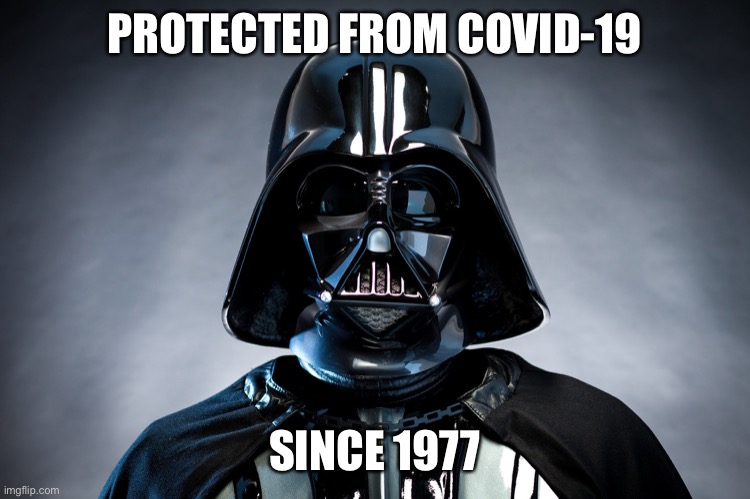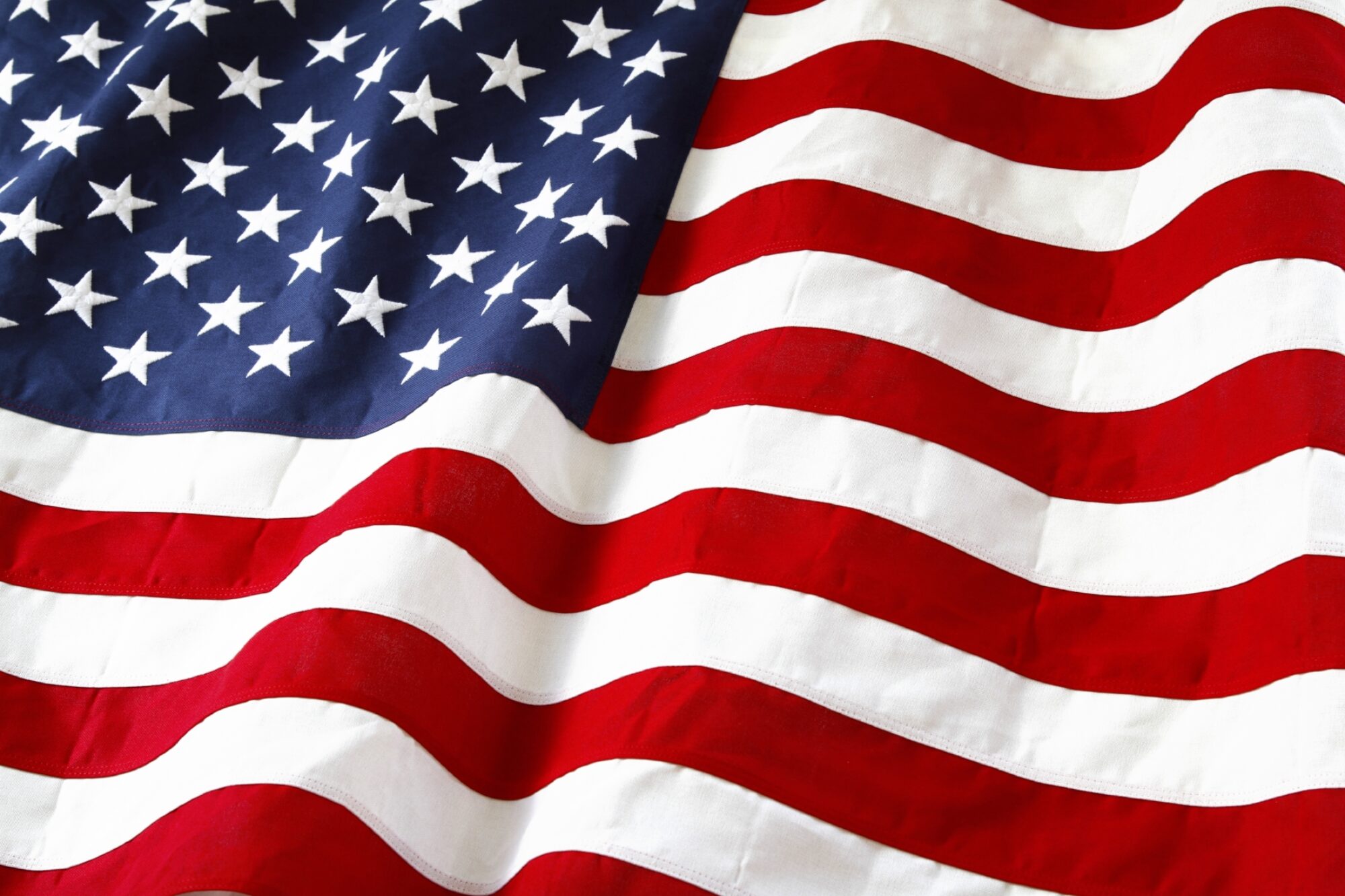
We do not want to be alarmists, but we do want to expose the total risks presented by COVID-19. Masks do not cover the eyes. Remember when flu season was a big deal? We always heard, “Don’t rub your eyes with your hands”. The reason was that the flu bug could be transmitted to your eyes by your hand touching fomites (surrounding objects), bringing your hand in contact with your eyes, then potentially giving you the flu. We have been told to disinfect our hands often, but little to no mention has been made of the potential danger of contracting COVID-19 through the eyes.
Joseph Fair (urologist and epidemiologist, an NBC news contributor) claimed he got COVID through his eyes (NBC Today show; AARP June 10, 2020; and Web MD on May 26, 2020). Jon Brook, MD (Chief Medical Officer, Centers for Disease Control and Prevention) said, “The virus could enter the body through mucous membranes that cover the white parts of our eyes”. Dr. Thomas Steinemann (a clinical spokesperson, American Academy of Ophthalmology) said it is certainly possible that a person could get COVID-19 through the eyes. There is “emerging evidence” that people are catching the virus from droplets floating in the air (reported by CNN health; confirmed by the WHO). These are just a few examples. While the chances are greater contracting the virus through the nose and mouth, contracting it through the eyes cannot be dismissed. That is why the guy in the picture above is completely safe from the virus. He has eye protection.
Our eyes, nose and throat are connected by the nasolacrimal duct system. It carries tears from the ocular surface to the nasal cavity and down the back of the throat. We know this to be true, because when we cry, our nose runs. When medicine is placed in your eyes or nose, you will often feel and taste it in the back of your throat. Why have we not been so informed? Probably because the science on this is still evolving. After all, we were initially told to not wear masks, and now look at us!
When one sneezes, coughs, or is vociferous in speech, respiratory droplets are expelled, the larger ones are 5 to 10 microns in size. Some you can see, and they are heavier and fall down quickly. Anything smaller than 5 microns is too small to see with the naked eye. A micron is 1000th of a millimeter. For perspective, a human hair is typically 50 to 80 microns wide. Most masks do a pretty good job of catching these larger droplets. What about those microscopic particles called aerosols that can stay afloat in still air for long periods of time? The COVID-19 measures between .06 to .14 microns. Think of the virus as smoke or dust. The N-95 mask (so called because it is 95% effective in filtration) filters down to .3 microns. Do you see a potential problem here? To be fair, it is not like a mosquito going through a chain link fence. The virus is often bonded to something else, making it larger. Also, irregular thread filaments, reaching into the spaces between the woven materials, can snag the smaller aerosols, and not all aerosols travel straight through the mask, but may take an angular path, called diffusion. Still, one cannot guaranty 100% protection.
Considering that most cloth masks have holes between the weaves measuring 5 to 200 microns, some have suggested wearing multiple masks. However, being able to breath through a mattress of material is very hard, and the fear of self-induced hypoxia is real. Two perfect solutions exist. You can either goggle and mask up like the fellow above, or close your eyes and hold your breath. Last we checked, continuing to be able to breath was a good thing. Bottom line, masks are no guaranty of protection. There are risks in everything we do, but in our Country we must be free to decide what risks are acceptable. We encourage everyone to go mask free if you can, and for all businesses and institutions to fully open up on JULY 4, 2021.
